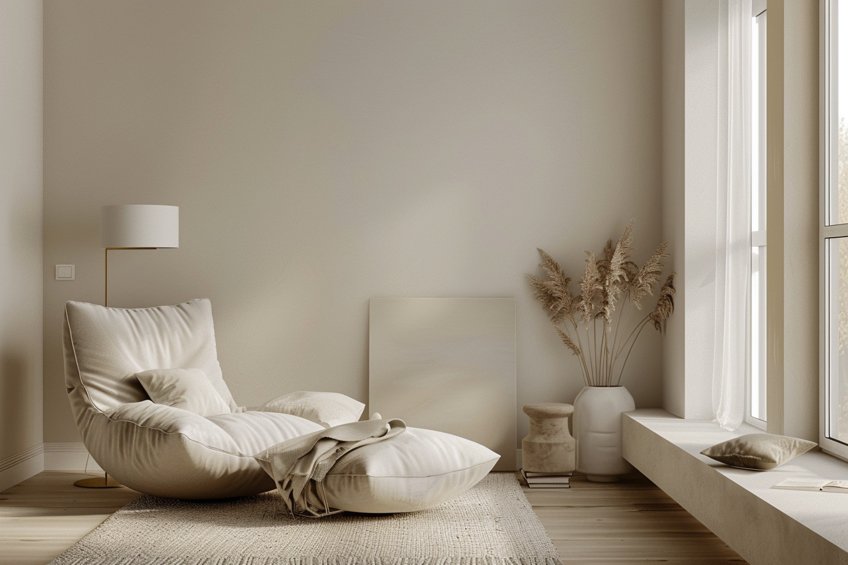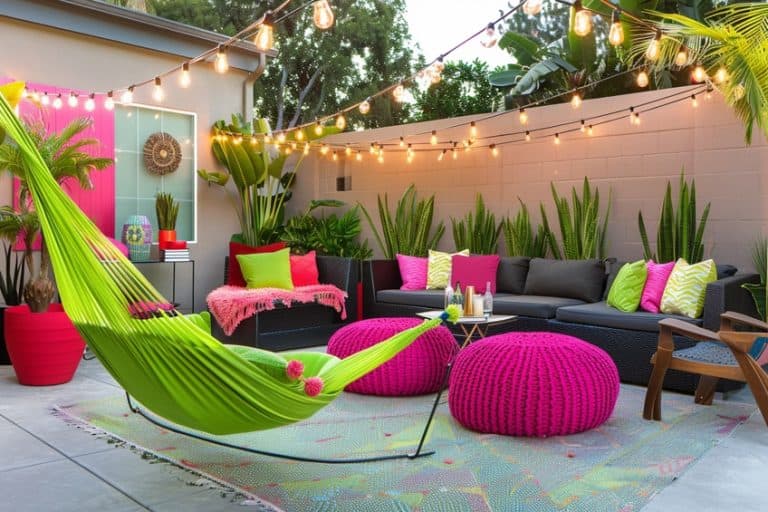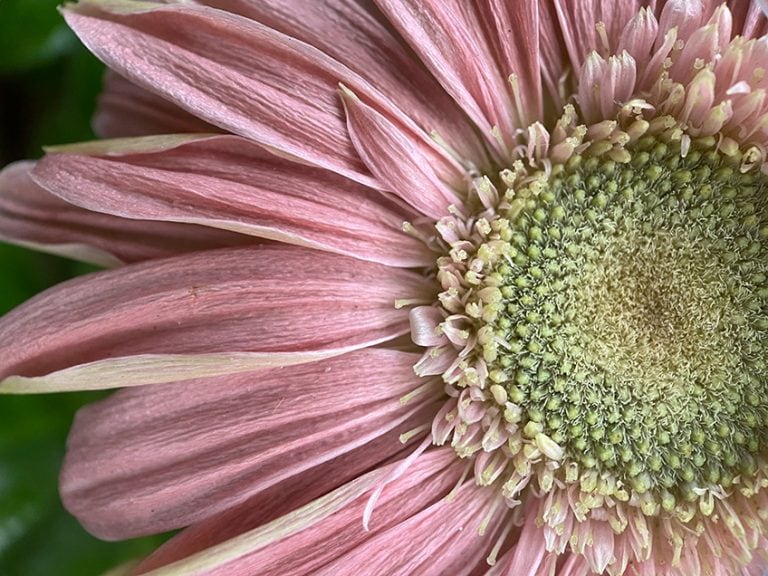Meaning of the Color Beige – The Timeless Hue of Subtlety
Welcome to the world of color where every hue whispers a story! Today, we embark on a journey into the understated elegance of beige. Often underestimated, yet quietly powerful, beige resides in the palette as a gentle, neutral giant. It’s the color of sandy shores, cozy blankets, and timeless sophistication. But what does beige truly signify? Join me as we unravel the mysteries and delve into the captivating world of beige, where subtlety meets significance in every shade.
Key Takeaways
- Beige symbolizes simplicity, comfort, and neutral elegance.
- It has psychological associations with calmness and reliability.
- Beige is a timeless color choice in design due to its versatility.

Historical and Natural Context
| Shade | Hex Code | CMYK Color Code (%) | RGB Color Code | Color |
| Beige | #F5F5DC | 0, 0, 14, 4 | 245, 245, 220 |
Beige is often perceived as a color of simplicity and comfort, holding a unique position on the color wheel where warmth and coolness intersect. It’s a versatile neutral tone, blending shades of yellow, brown, and gray to create its signature softness that is gentle to the senses.
This multifaceted color bears a natural quality, easily observed in the world around us, from sandy shores to fields of wheat, offering a sense of calm and understated elegance.
The color beige has been embraced for its psychological implications of calmness, warmth, and reliability. It is sometimes associated with neutrality and minimalism, making it a preferred choice for those seeking a tranquil and clean aesthetic. Beige carries with it a timeless appeal, transcending the constraints of seasonal trends which positions it as a color of enduring value in design practice.
Beige in Historical Context
Historically, the term “beige” is believed to be derived from the old French word bege, meaning natural wool that has been neither bleached nor dyed. Since the mid-19th century, beige has become a term associated with a range of light tints chosen for their subdued and unobtrusive quality. It’s a neutral tone that connects deeply with minimalistic design philosophies, where simplicity and understatement are valued. This association with natural fabric and tones underscores beige’s historical standing as a color linked to simplicity and functionality.

Beige in Nature
In nature, beige is immediately evocative of the earth and desert sands, reflecting the color’s intrinsic link to earth tones. It is a color that can be found in numerous natural elements—from the sand beneath one’s feet to the countless fibers and textures of animals and plants. Beige’s appearance in nature is a testament to its versatility and timeless quality.
This color often carries the symbolism of stability, resilience, and the inherent calm of the natural world.
The Meaning of the Color Beige
Beige is a color that resonates with simplicity, comfort, and neutrality. It’s an unassuming presence that often operates as a backdrop, offering a canvas for other colors to stand out.

Positive Associations
- Simplicity: Beige is frequently associated with simplicity and understated elegance. It doesn’t overwhelm the senses, making it a common choice for backgrounds and foundational design elements.
- Comfort: This color provides a sense of warmth and comfort, akin to the softness of natural textiles or the earthiness of sand and soil.
- Neutrality: Beige’s non-invasive tone is seen as calm and inviting, making it a preferred neutral in various design sectors.
Negative Associations
- Perceived as dull: To some, beige may represent dullness or lack of character due to its subdued nature and prevalence in various settings.
- Lack of excitement: It can be seen as a conservative color that lacks the vibrancy and excitement that more saturated colors bring to the table.

Personality Traits Associated With Beige
Individuals who favor the color beige may often embody traits that reflect the color’s neutral and understated nature. Here is a breakdown of commonly associated personality traits:
- Neutrality: They tend to prioritize impartiality, often acting as mediators in conflict situations due to their balanced approach to life.
- Practicality: Beige enthusiasts are seen as practical and reliable. Their choices are usually governed by functionality and comfort rather than extravagance.
Beige can signify a love for minimalism and an avoidance of complexity. People associated with beige may strive for orderliness, organization, and symmetry. Such individuals likely have a strong appreciation for aesthetics and might be drawn to professions or hobbies that allow them to express this interest.
A preference for beige is often linked to a calm demeanor.
People may approach situations with patience, valuing stability and subtlety in both their environment and interactions. Beige is also said to represent authenticity. Those aligned with beige might be characterized by their genuine nature and a tendency to avoid pretense.

While they are loyal and reliable, they can sometimes be resistant to change, preferring the comfort of what is known and tested. This color, therefore, attracts personalities that stand for naturalness, order, and a composed spirit.
Psychological Implications of Beige
Beige is a color that carries with it a range of psychological implications, from evoking feelings of calmness to being perceived as bland. This section explores these nuances and how beige plays a role across various fields.

Connotations of Calm and Relaxation
Beige is often associated with serenity and calmness. Its soft presence has a relaxing effect on the mind, frequently used in spaces meant to invoke tranquility and relaxation. The color’s soothing nature is known to draw attention in a gentle way, promoting a sense of peace and comfort.
Beige and Perceptions of Blandness
Despite its calming effects, beige can also be perceived as bland or basic. It’s sometimes criticized for its lack of vibrancy, carrying connotations of being plain and unremarkable. This reflects beige’s status as a neutral backdrop rather than a standout hue.

Symbolism and Cultural Associations
The symbolic meaning of beige varies across cultures, often linked to simplicity and natural materials. Originating from the French word for the color of natural wool, beige has come to symbolize elegance and subtlety in certain contexts, aligning with values of understated class and neutrality.
Influence of Beige in Fashion and Design
In fashion and interior design, beige brings a sense of cleanliness and sophistication. It serves as a versatile backdrop that highlights textures and complements other colors. Clothing in beige suggests a preference for timeless elegance and can serve as a foundation for layering various shades and fabrics.
- Fashion: Seen as classy and versatile for various styles.
- Interior design: Offers a neutral canvas for bolder accents.

Interplay With Colors
Beige’s relationship with other colors is pivotal to its psychological impact. It can balance more vibrant colors such as pink, green, or orange, providing grounding to bolder shades. In combination with whites, beiges impart warmth, while next to blacks or grays, they create gradients of sophistication.
Beige also harmonizes with earth tones like brown, khaki, and cream, enhancing their natural quality.
- Warmth: Achieved with white, cream, brown.
- Contrast: Offered by pairing with black or gray.
- Compliment: To softer colors like pink and purple.
Beige in Practice
Beige, a versatile and neutral color with warm undertones, plays a crucial role in various design domains. It embodies simplicity and neutrality, often used to create a calming and welcoming environment.

Use in Interior Decorating
Beige serves as an excellent background color, blending seamlessly into a living area without overwhelming the space. Interior designers treasure its warm neutrality, often using it as the groundwork upon which they build a color palette. Beige furniture, whether a creamy couch or a sandy coffee table, contributes a natural and clean aesthetic to any room.
When utilized in interior design, beige facilitates an atmosphere that is safe and tranquil.
- Neutral: Does not compete for attention, harmonious with other colors
- Warmth: Adds a sense of comfort and coziness
Beige’s Role in Clothing and Fabric
In fashion, wearing beige signifies elegance and versatility. It is a neutral color that complements most other colors, making it a safe choice for both clothing and fabric design. Designers appreciate beige for its ability to blend in, while still providing a clean and tailored look. This color maintains its significance in the textile industry due to its timeless appeal and the welcoming feel it imparts.
- Neutral: Often used in base layers and staple items
- Versatile color: Pairs well with a wide range of shades

Significance in Brand Identity
Companies often choose beige for its connotations of simplicity and reliability. Brands like AT&T have incorporated beige into their identity, capitalizing on its neutrality to present a stable and understated image. In branding, beige can elicit a sense of groundedness and traditional values, making it a favorable choice for businesses aiming to project an image of dependability and warmth. Branding examples include:
- AT&T: Utilizes beige for a classic, reliable feel
- France: Sometimes associated with the country’s chic, timeless fashion identity
Application in Web and Graphics Design
Beige is frequently applied in web and graphics design projects, such as those on platforms like Canva. Designers take advantage of its neutral and warm qualities to create a clean and welcoming canvas. With precise hex codes, CMYK, and RGB values, designers can incorporate beige into background elements or use it to complement a color scheme without drawing undue attention. Beige maintains its status as a color of choice across various practices for its neutral elegance and adaptability, providing a grounded, warm, and complementary presence.

As we conclude our exploration into the captivating world of beige, we find ourselves immersed in its understated charm and timeless allure. From its soothing presence to its understated elegance, beige proves to be more than just a neutral hue—it’s a canvas for stories untold and emotions unspoken. So, the next time you encounter the subtle warmth of beige, remember its quiet confidence and the multitude of meanings it holds. Let beige be your guide through the intricate tapestry of colors, reminding us that even in the softest shades, there lies a world of beauty waiting to be discovered!
Frequently Asked Questions
What Does the Beige Color Represent in Spiritual Contexts?
In spiritual contexts, the beige color is often seen as grounding. It is associated with simplicity and purity, evoking a sense of peace and calmness. Due to its earthy tones, it can represent dependability and resilience, which are viewed as stabilizing forces in many spiritual beliefs.
How Is Personality Associated With the Beige Color?
Individuals who are drawn to beige may be perceived as reliable, pragmatic, and composed. The color is linked with a preference for stability and an aversion to drama, suggesting a personality that values order and simplicity.
In What Way Does the Beige Color Influence Emotions in Relationships?
The beige color may influence emotions in relationships by promoting an atmosphere of calm and neutrality. Its understated presence can help diffuse tension and encourage open communication and a sense of warmth and comfort between individuals.
In 2005, Charlene completed her Wellness Diplomas in Therapeutic Aromatherapy and Reflexology from the International School of Reflexology and Meridian Therapy. She worked for a company offering corporate wellness programs for a couple of years, before opening up her own therapy practice. It was in 2015 that a friend, who was a digital marketer, asked her to join her company as a content creator, and this is where she found her excitement for writing.
Since joining the content writing world, she has gained a lot of experience over the years writing on a diverse selection of topics, from beauty, health, wellness, travel, and more. Due to various circumstances, she had to close her therapy practice and is now a full-time freelance writer. Being a creative person, she could not pass up the opportunity to contribute to the Art in Context team, where is was in her element, writing about a variety of art and craft topics. Contributing articles for over three years now, her knowledge in this area has grown, and she has gotten to explore her creativity and improve her research and writing skills.
Charlene Lewis has been working for artincontext.org since the relaunch in 2020. She is an experienced writer and mainly focuses on the topics of color theory, painting and drawing.
Learn more about Charlene Lewis and the Art in Context Team.
Cite this Article
Charlene, Lewis, “Meaning of the Color Beige – The Timeless Hue of Subtlety.” Art in Context. March 14, 2024. URL: https://artincontext.org/meaning-of-the-color-beige/
Lewis, C. (2024, 14 March). Meaning of the Color Beige – The Timeless Hue of Subtlety. Art in Context. https://artincontext.org/meaning-of-the-color-beige/
Lewis, Charlene. “Meaning of the Color Beige – The Timeless Hue of Subtlety.” Art in Context, March 14, 2024. https://artincontext.org/meaning-of-the-color-beige/.









